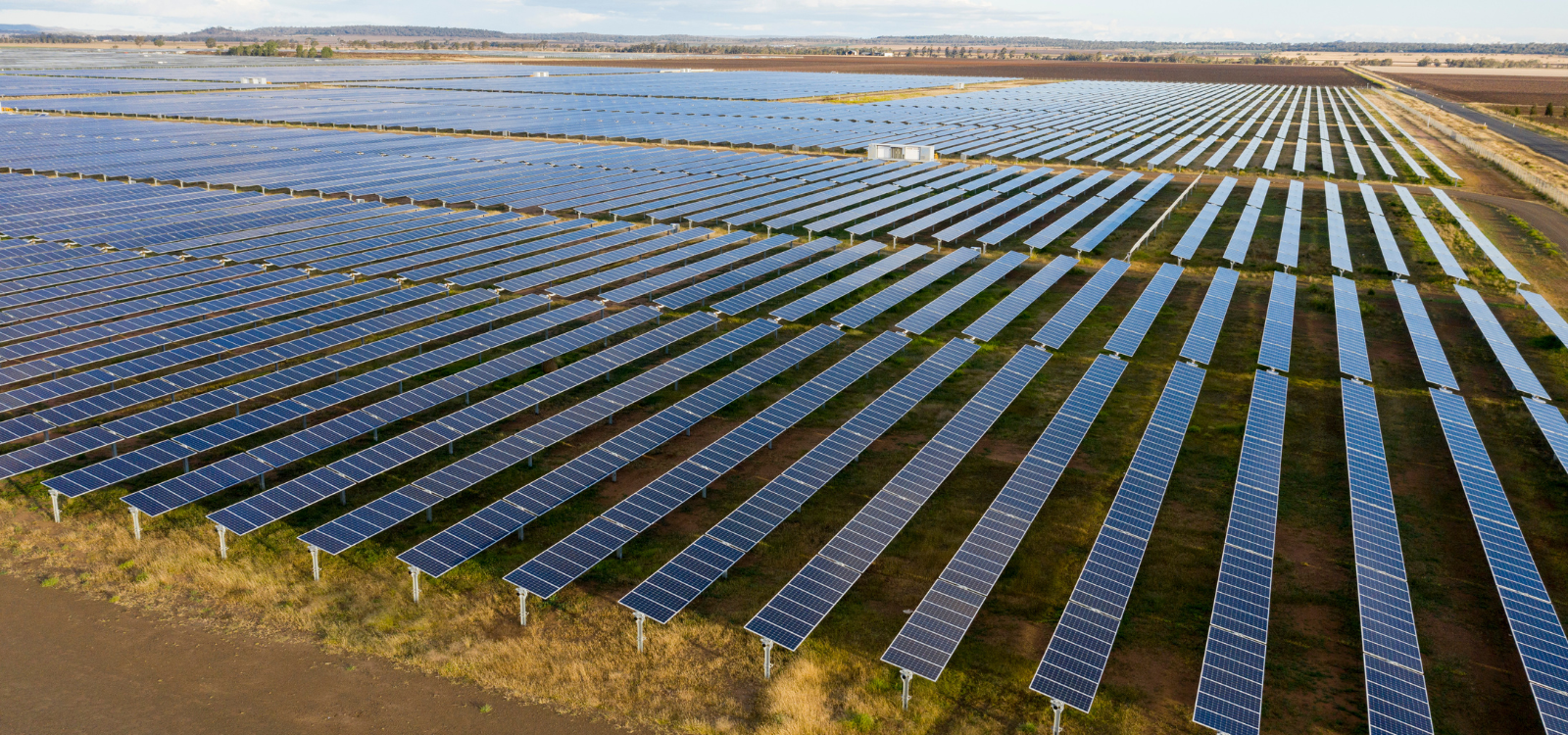
Electric grid growing faster than anticipated: EIA - The U.S. Energy Information Administration expects electricity generation to rise 2.3% in 2025 and 3% in 2026, driven by data centers, AI, and electrification. Solar and storage lead new capacity growth, but rising natural gas prices and permitting delays threaten reliability and affordability.
The U.S. electric grid is growing faster than expected.
The Energy Information Administration now forecasts that power generation will grow 2.3% in 2025 and 3% in 2026, up from its January projection of just 1.5% per year. The demand is pushed by industrial users, data centers, AI, and yes, the unusually cold weather earlier in 2025 made things even tougher.
We’ve already seen what happens when supply lags behind demand. In New Jersey, PJM’s capacity auction sent costs soaring, and some customers saw their bills jump from $66 to $340 in a single month. That’s the cost of relying on a system that can’t scale fast enough.
Here’s how the U.S. is trying to stay ahead:
Natural gas tells the opposite story. Prices are 40% higher than last year, which means less generation despite high demand. EIA expects output from gas plants to fall by 3% this year. Some utilities are leaning on coal as a stopgap, but that’s not a long-term solution. And the OBBB means that exporting natural gas is now an option, increasing demand for our local supply.
The surge in data centers and industrial loads is here to stay. The question is, do we meet it with sources that take a decade to build, or with ones we can add in a couple of years?
New Jersey showed the cost of waiting. Bills spiked because the state was stuck relying on outside supply and slow-moving projects. At the national level, the growth of solar and storage is proof that we don’t have to repeat that mistake.
The momentum behind utility-scale solar + battery storage is a clear signal that clean energy is becoming the default answer to rising demand, not a niche add-on.
If the U.S. can keep pushing on solar installations, streamline grid and permitting hurdles, and support storage, then rather than fretting if we might keep up with demand, we can start expecting to lead with affordability, reliability, and cleaner power.